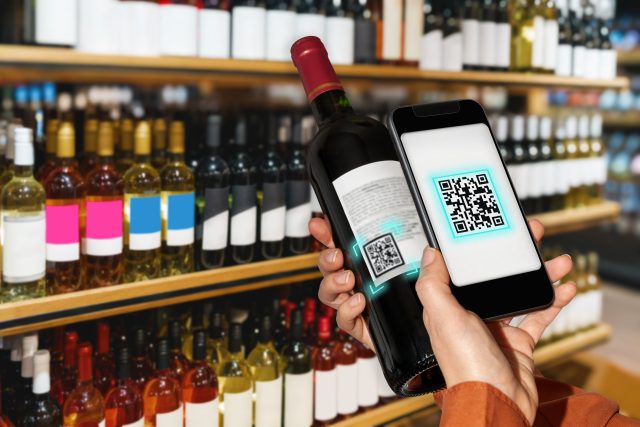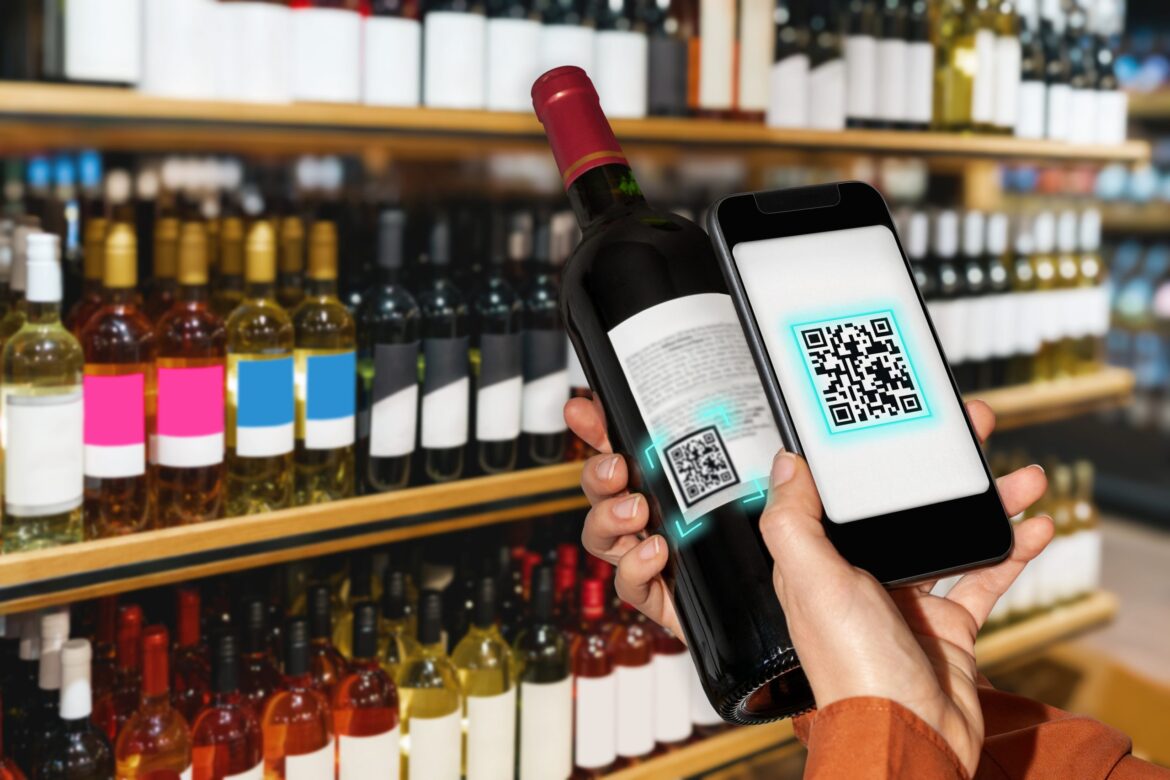Late changes to EU guidance have left Romanian wineries reprinting millions of labels, highlighting the challenges of digital transparency.

Paper and tradition
Wine labels have long served as both legal documents and marketing tools. In Romania, as across Europe, strict rules govern what must appear on the bottle: product category, origin (DOC or IG), alcohol strength, provenance, bottler, importer (if relevant), volume, batch number, and allergens such as sulfites, egg or milk proteins.
Optional details, including vintage year, grape variety or medals, can be added under certain conditions. Even the font size for alcohol content is tightly regulated.
But physical labels have limits. Space is restricted and designs cannot easily keep pace with changing regulations. This has opened the door to the rise of the electronic label.
The QR code shift
From December 2023, the EU required all wines produced or imported after that date to disclose nutritional information and ingredients. Only energy value and allergens must appear on the physical label, with the rest provided digitally via a QR code.
The QR must be visible, carry wording such as “Ingredients,” and link directly to the required information. No advertising, marketing or data tracking is permitted, and translations must be offered in the language of the market. Information must remain accessible for the full life of the bottle.
This change gives consumers in cities from Bucharest to Barcelona access to full ingredient lists, nutrition tables and production details, while allowing producers to maintain uncluttered label designs.
Romanian wineries, however, have faced difficulties. Some printed millions of labels with QR codes but without the required “Ingredients” wording, after a late clarification from the European Commission. The industry association CEEV warned of “a lack of legal certainty” and high potential costs for reprinting.
A US debate
In the US, the Alcohol and Tobacco Tax and Trade Bureau (TTB) continues to mandate a full set of physical indications, including brand name, alcohol content, health warnings, sulfites and country of origin. Each label requires approval through the Certificate of Label Approval (COLA).
The International Federation of Wines and Spirits (FIVS) has urged US regulators to consider electronic labelling. It argues a single QR code could deliver mandatory and voluntary information, reduce costs, and allow flexible updates for vintage variation.
Although the TTB has yet to follow the EU model, pressure from consumer groups and international trade partners suggests reform may be on the horizon.
Romania at a crossroads
For Romanian producers, the shift is both challenge and opportunity. Compliance with EU rules is essential for exports, but many wineries are also adopting QR codes to tell more detailed stories. A scan could reveal vineyard parcels, harvest conditions, sustainability certification, food pairings or reviews – all beyond the space limits of paper.
Smaller wineries, however, remain concerned about costs, technical know-how and shifting regulations. There are also cultural questions over whether traditional consumers will embrace the technology.
The future of labels
Globally, wineries are experimenting with QR codes, NFC chips and even augmented reality experiences. Europe has already legislated, while the U.S. continues to debate, and other markets watch closely.
What seems certain is that physical labels will not disappear. They remain vital for brand identity, immediate recognition and legal certainty. But e-labels add flexibility, depth and accessibility, creating a dual system that blends heritage with digital transparency.
As one Romanian producer noted, scanning a bottle could soon be as much a part of the experience as pouring the wine.
Related news
Reeze Choi named Best Sommelier of Asia & Pacific
LVMH’s shuttered Napa vineyard to reopen under new ownership
Jonny Inglis: why you should launch a wine business in 2025


Dining and Cooking